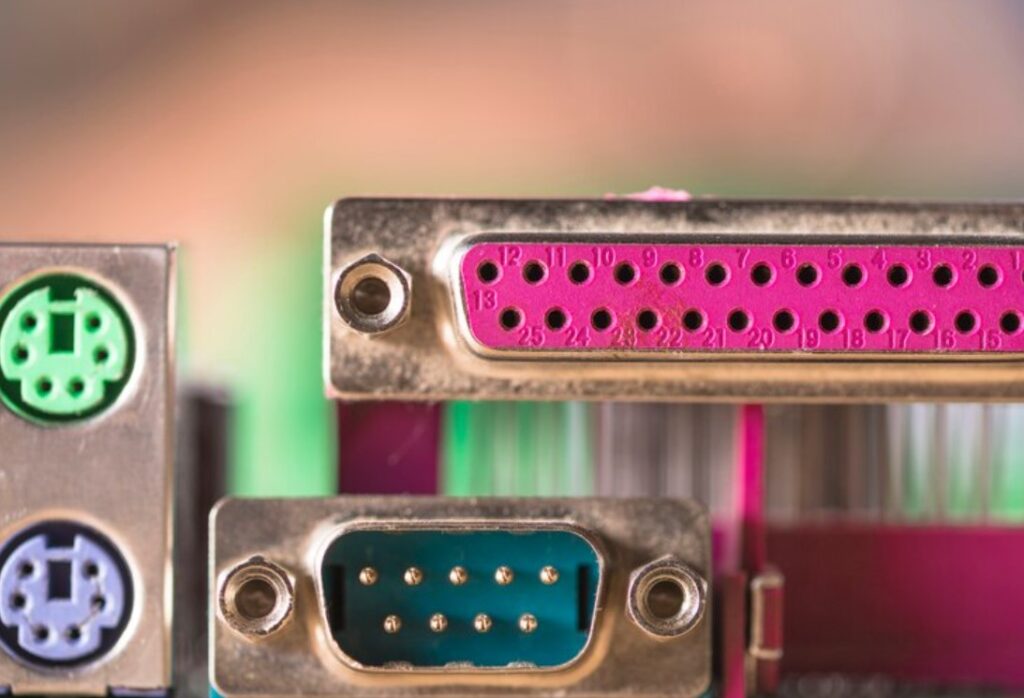Connectors are essential in our modern world, linking devices to power and data. Two popular connectors, the M12 connector and the D-Sub connector, serve different purposes across industries. This article explores their uses, types, and benefits, and helps you choose the right connector for your needs.
What is an M12 Connector?
The M12 connector is a circular, industrial-grade connector designed for use in harsh environments. Known for its robust build, it’s often used in factory automation, robotics, and transportation. The M12’s screw-lock mechanism ensures a secure connection, even in vibration-heavy settings.
Types of M12 Connectors
There are several types of M12 connectors, each tailored to specific needs:
- A-coded: Primarily used for sensors and actuators.
- B-coded: Ideal for network connections like Profibus.
- D-coded: Used for Ethernet connections, supporting fast data transfer.
- X-coded: A newer version for higher data rates in Ethernet applications.
Applications of M12 Connectors
M12 connectors are commonly used in:
- Factory Automation: Connecting sensors, actuators, and control systems.
- Transportation: Ensuring reliable connections in trains, buses, and other vehicles.
- Robotics: Withstanding mechanical stress and constant movement.
- Industrial Ethernet: Supporting high-speed data transfer.
Advantages of M12 Connectors
M12 connectors offer several advantages, including:
- Durability: Built to withstand harsh conditions such as moisture, dust, and vibration.
- Reliability: The screw-lock mechanism ensures a tight, secure connection.
- Versatility: Available in various coding types for different applications.
What is a D-Sub Connector?
The D-Sub connector, short for D-Subminiature, is a type of electrical connector with parallel pins. Introduced in the 1950s, it remains popular due to its versatile design. Commonly used in computing and telecommunications, D-Sub connectors are recognized by their distinctive D-shaped metal shell, which ensures proper alignment and reduces mechanical stress.
Types of D-Sub Connectors
D-Sub connectors come in various configurations based on the number of pins or contacts:
- DA-15: 15-pin connector, commonly found in older video applications.
- DB-25: 25-pin connector, often used for parallel ports in computers.
- DC-37: 37-pin version for industrial and data applications.
- DE-9: The 9-pin version, still widely used in RS-232 connections.
Applications of D-Sub Connectors
D-Sub connectors are versatile and used in various applications:
- Computers: Often seen in VGA, RS-232 serial ports, and parallel connections.
- Telecommunications: Found in communication equipment for data transmission.
- Military and Aerospace: Due to their durability, they are used in critical systems that require secure, robust connections.
Advantages of D-Sub Connectors
D-Sub connectors offer multiple benefits:
- Versatility: Available in various pin configurations, suitable for multiple applications.
- Ease of Use: Simple to connect and disconnect, thanks to their mechanical design.
- Compatibility: Still widely supported in older and legacy systems.
Differences Between M12 and D-Sub Connectors
Although both are widely used, M12 connectors and D Sub connector differ significantly:
- Shape and Design: M12 is circular, while D-Sub is rectangular.
- Applications: M12 is commonly used in industrial environments, while D-Sub is more frequent in computing and telecommunications.
- Connection Type: M12 uses a screw-lock mechanism, while D-Sub relies on friction or thumbscrews for securing connections.
Choosing the Right Connector for Your Needs
When choosing between M12 and D-Sub connectors, consider these factors:
- Environment: If you need a connector for harsh conditions, M12 is ideal.
- Data Transfer: For high-speed data transfer in industrial settings, M12 is preferred.
- Legacy Support: For older computing systems, D-Sub connectors might be necessary.
Installation and Maintenance Tips for Connectors
Proper installation and maintenance can prolong the life of your connectors:
- Ensure Compatibility: Always check the coding and pin configuration.
- Secure Connections: For M12 connectors, tighten the screw-lock firmly. For D-Sub connectors, use the thumbscrews.
- Regular Inspections: Check for signs of wear, such as frayed wires or loose connections.
Future Trends in Connector Technology
As technology evolves, so do connector designs. M12 connectors are being adapted for higher data rates, particularly in 5G and IoT applications. D-Sub connectors, while still widely used, are being replaced by more compact and faster options in some industries. However, both connectors are expected to remain relevant in specialized applications for years to come.
Conclusion
In conclusion, M12 connectors and D-Sub connectors both serve important roles in various industries. While the M12 connector is favored for industrial and high-speed applications, the D-Sub connector continues to be a staple in computing and telecommunications. Understanding their differences and applications can help you make the right choice for your specific needs.



